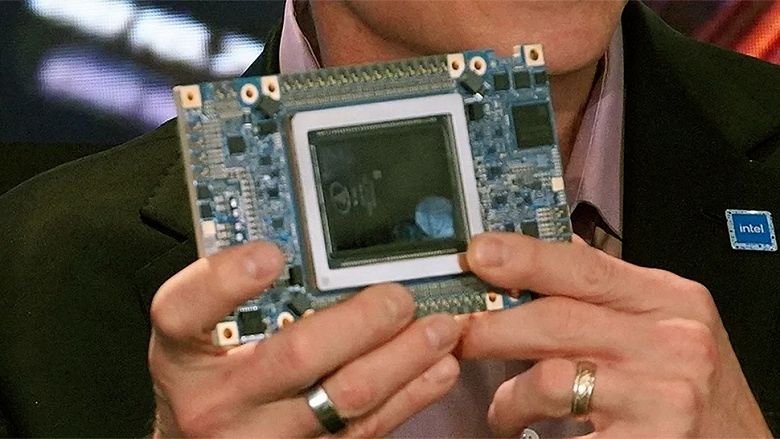OneOdio Wired Over Ear Headphones Hi-Res Studio Monitor & Mixing DJ Stereo Headsets with 50mm Drivers and 1/4 to 3.5mm Jack for AMP Computer Recording Podcast Keyboard Guitar Laptop - Black
$28.28 (as of January 20, 2025 02:51 GMT +00:00 - More infoProduct prices and availability are accurate as of the date/time indicated and are subject to change. Any price and availability information displayed on [relevant Amazon Site(s), as applicable] at the time of purchase will apply to the purchase of this product.)Amazon Basics Digital Kitchen Scale with LCD Display, Batteries Included, Weighs up to 11 pounds, Black and Stainless Steel
$11.49 (as of January 20, 2025 02:51 GMT +00:00 - More infoProduct prices and availability are accurate as of the date/time indicated and are subject to change. Any price and availability information displayed on [relevant Amazon Site(s), as applicable] at the time of purchase will apply to the purchase of this product.)Hanes Men's EcoSmart Fleece Hoodie Sweatshirt
$15.50 (as of January 20, 2025 02:51 GMT +00:00 - More infoProduct prices and availability are accurate as of the date/time indicated and are subject to change. Any price and availability information displayed on [relevant Amazon Site(s), as applicable] at the time of purchase will apply to the purchase of this product.)Bible Verse Jar, Christian Gifts For Women, Birthday Gifts For Women, Bible Jar, Bible Accessories Women, Christian Valentines, Valentines Gifts For Her, Gifts For Mom, Christian Gifts For Men
$18.99 (as of January 20, 2025 02:51 GMT +00:00 - More infoProduct prices and availability are accurate as of the date/time indicated and are subject to change. Any price and availability information displayed on [relevant Amazon Site(s), as applicable] at the time of purchase will apply to the purchase of this product.)Thermajohn Long Johns Thermal Underwear for Men Fleece Lined Base Layer Set for Cold Weather
$31.99 (as of January 20, 2025 02:51 GMT +00:00 - More infoProduct prices and availability are accurate as of the date/time indicated and are subject to change. Any price and availability information displayed on [relevant Amazon Site(s), as applicable] at the time of purchase will apply to the purchase of this product.)Intel strategy to conquer the artificial intelligence market, showcasing the Gaudi3 accelerator, set to launch next year.
Intel is not only claiming that ‘the entire industry is interested in eliminating the Nvidia CUDA market’ but is also continuing to develop its own AI accelerators. Today, Intel demonstrated the Gaudi3 model, which is scheduled for release next year.

While full details of this solution are not yet available, Intel states that the performance in BF16 mode, which is crucial for AI, will be four times higher compared to Gaudi2, and the throughput will increase by one and a half times. However, we do not know the performance metrics of Gaudi2 in this mode, and it’s unclear where and how actively such accelerators are used.
Intel strategy to conquer the artificial intelligence market
Intel mentions that the Gaudi line has seen significant growth due to its performance and total cost of ownership. Considering the shortage of Nvidia accelerators for all interested parties, Intel could very well succeed in this market.
The Gaudi3 is Intel’s next-generation AI accelerator, designed for deep learning and handling large-scale AI models. It is slated to be a significant upgrade from its predecessor, the Gaudi2, which was released in May 2022. Key aspects of the Gaudi3 include:
- Memory and Performance: The Gaudi3 is equipped with 96 GB of HBM2e memory, offering a bandwidth of 2.45 TB/s. It has a Thermal Design Power (TDP) of 600 Watts. This robust memory and power capacity indicate that the Gaudi3 will significantly outperform the Gaudi2, although full specifications have yet to be fully disclosed.
- Manufacturing Process: The Gaudi3 chip will be manufactured using a 5nm process technology, which is a shrink from the 7nm process used for Gaudi2. This advancement in process technology suggests improvements in efficiency and performance. The chip is expected to feature more memory, compute power, and networking capabilities than its predecessor.
- Architecture and Capabilities: The Gaudi3 will maintain the high-performance architecture of the Gaudi2. It is expected to deliver four times the compute capability (in BF16), double the networking bandwidth for enhanced scale-out performance, and 1.5 times the on-board HBM memory. These enhancements are particularly important to meet the growing demands for high-performance, high-efficiency computing, especially for Large Language Models (LLMs).
- Market Positioning: Intel aims to position the Gaudi3 as a competitor to products from AMD, Nvidia, and custom processors used by AWS, Microsoft Azure, and Google Cloud. The introduction of Gaudi3 is part of Intel’s strategy to gain a larger market share in the AI accelerator space in 2024.
Overall, the Gaudi3 represents a significant step forward in Intel’s AI hardware offerings, promising enhanced capabilities and performance for AI applications, particularly in deep learning and large-scale AI model processing.
Intel’s 1.8nm Challenge to TSMC’s Dominance










